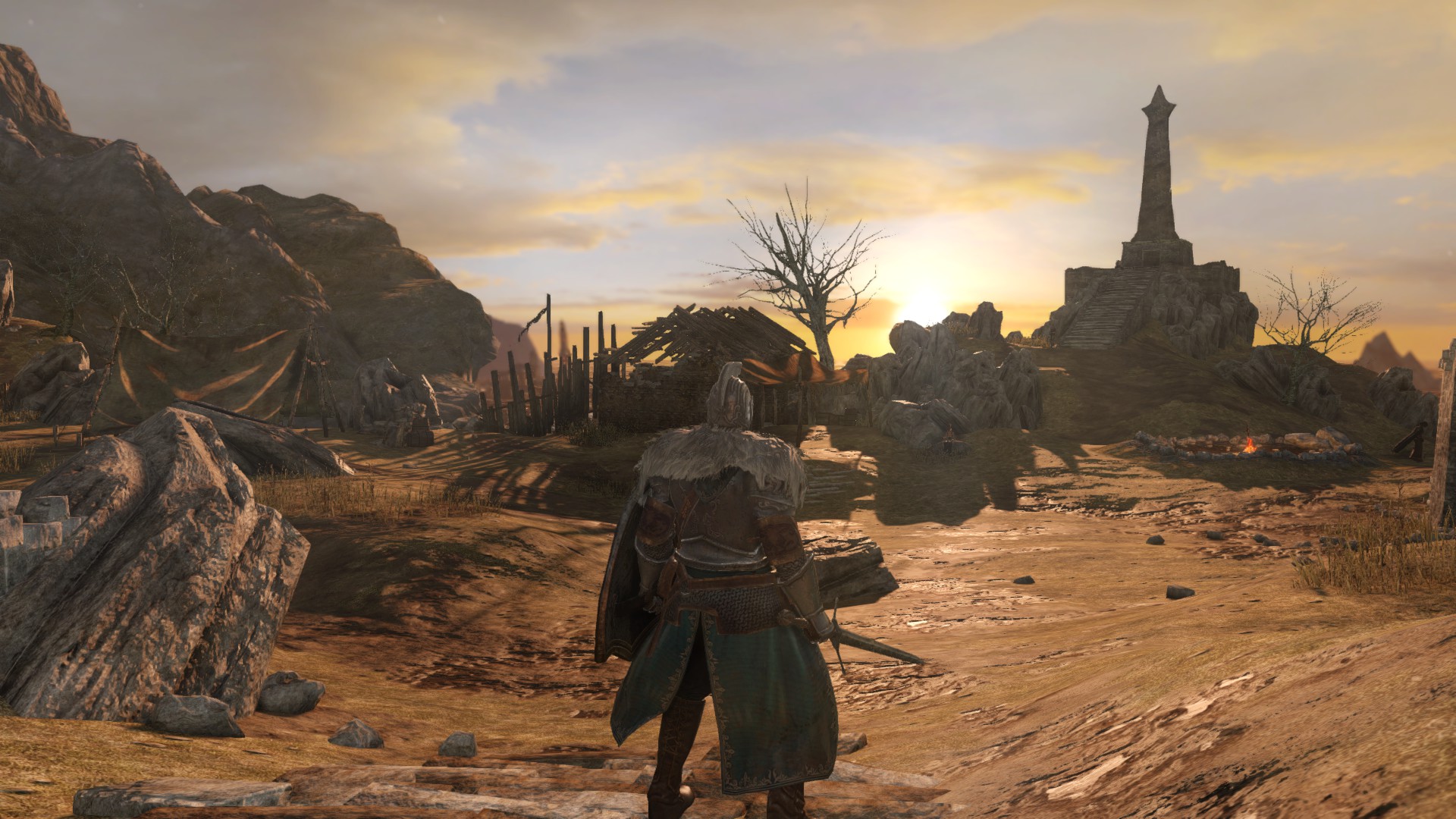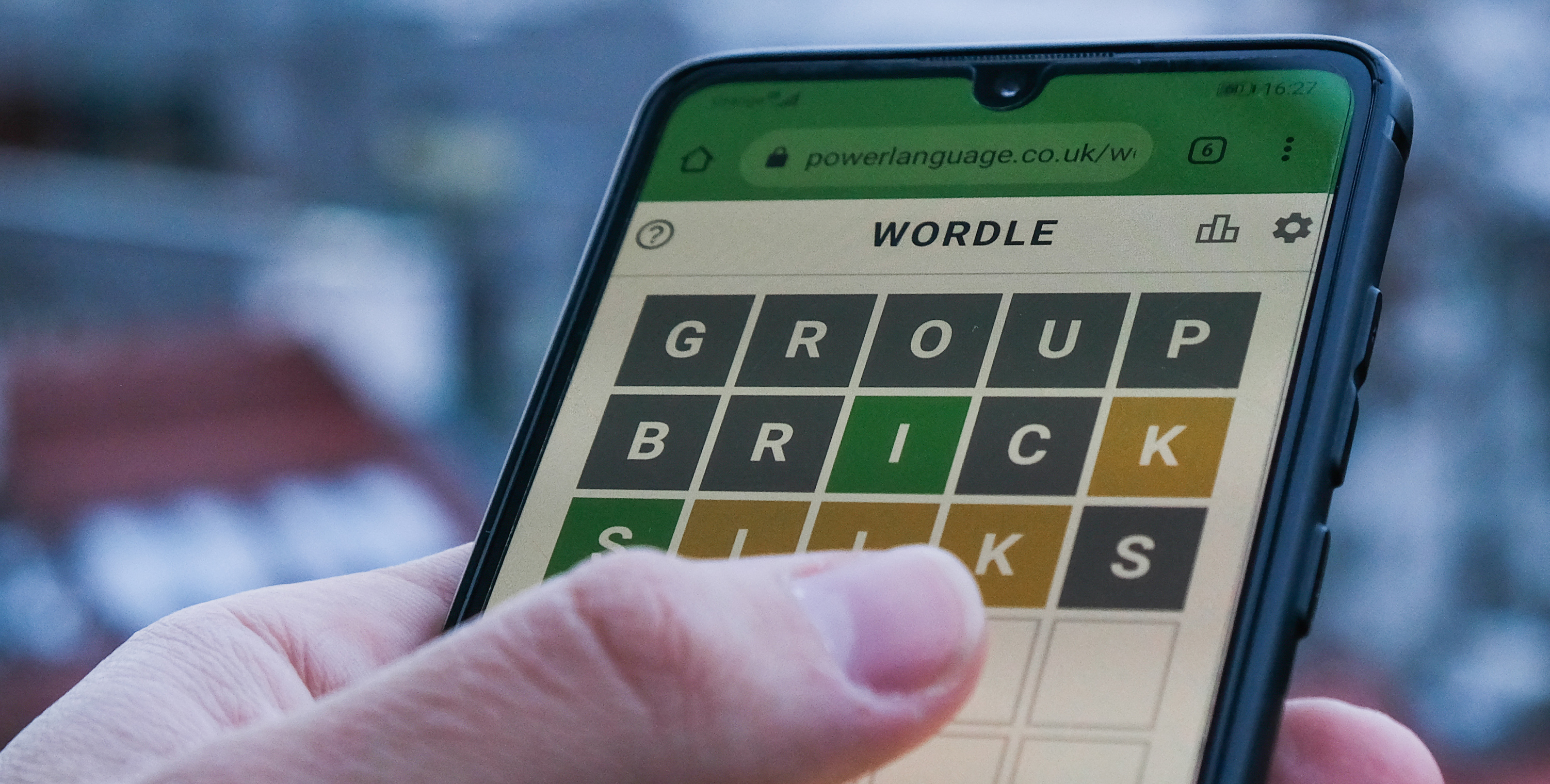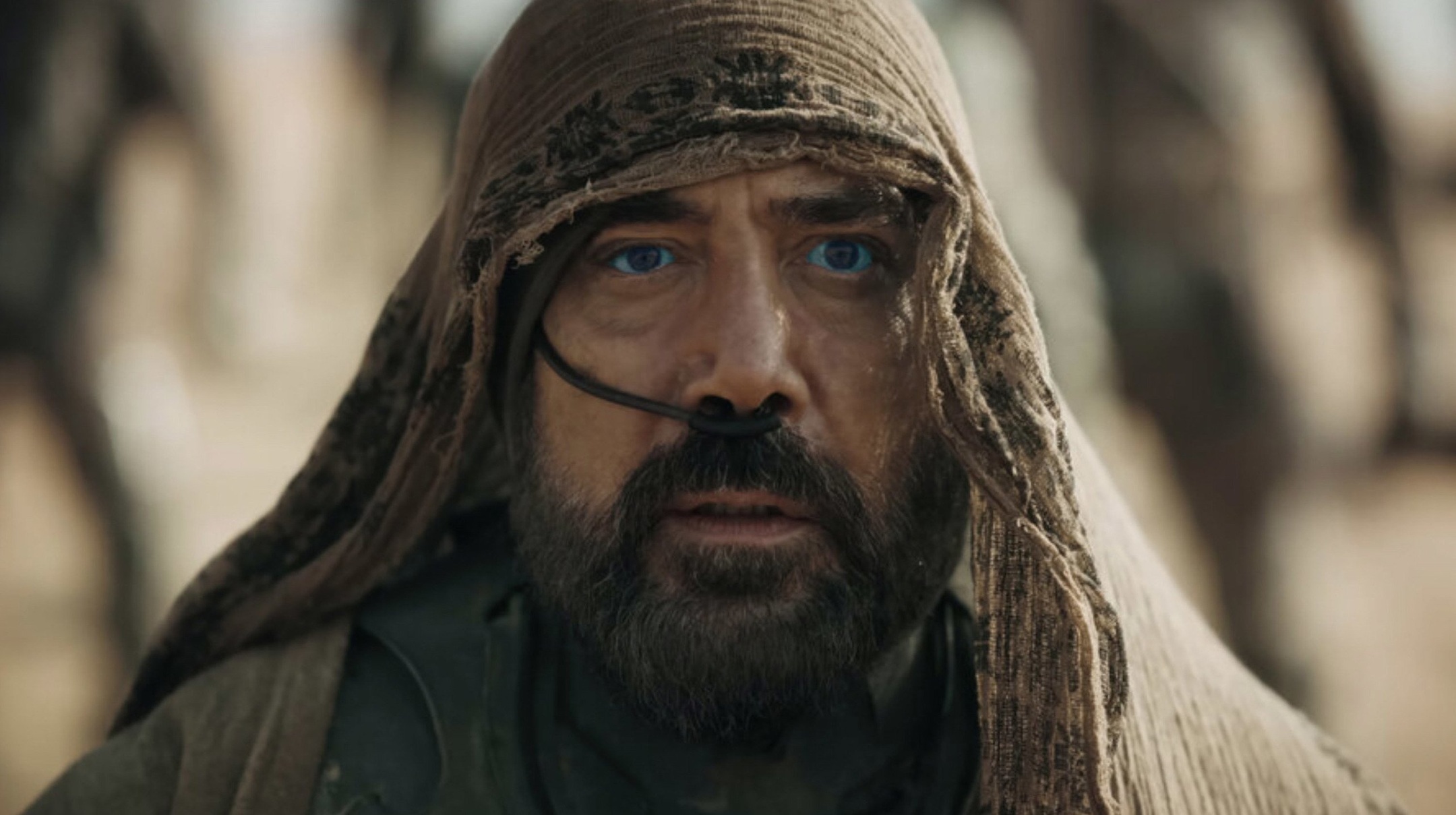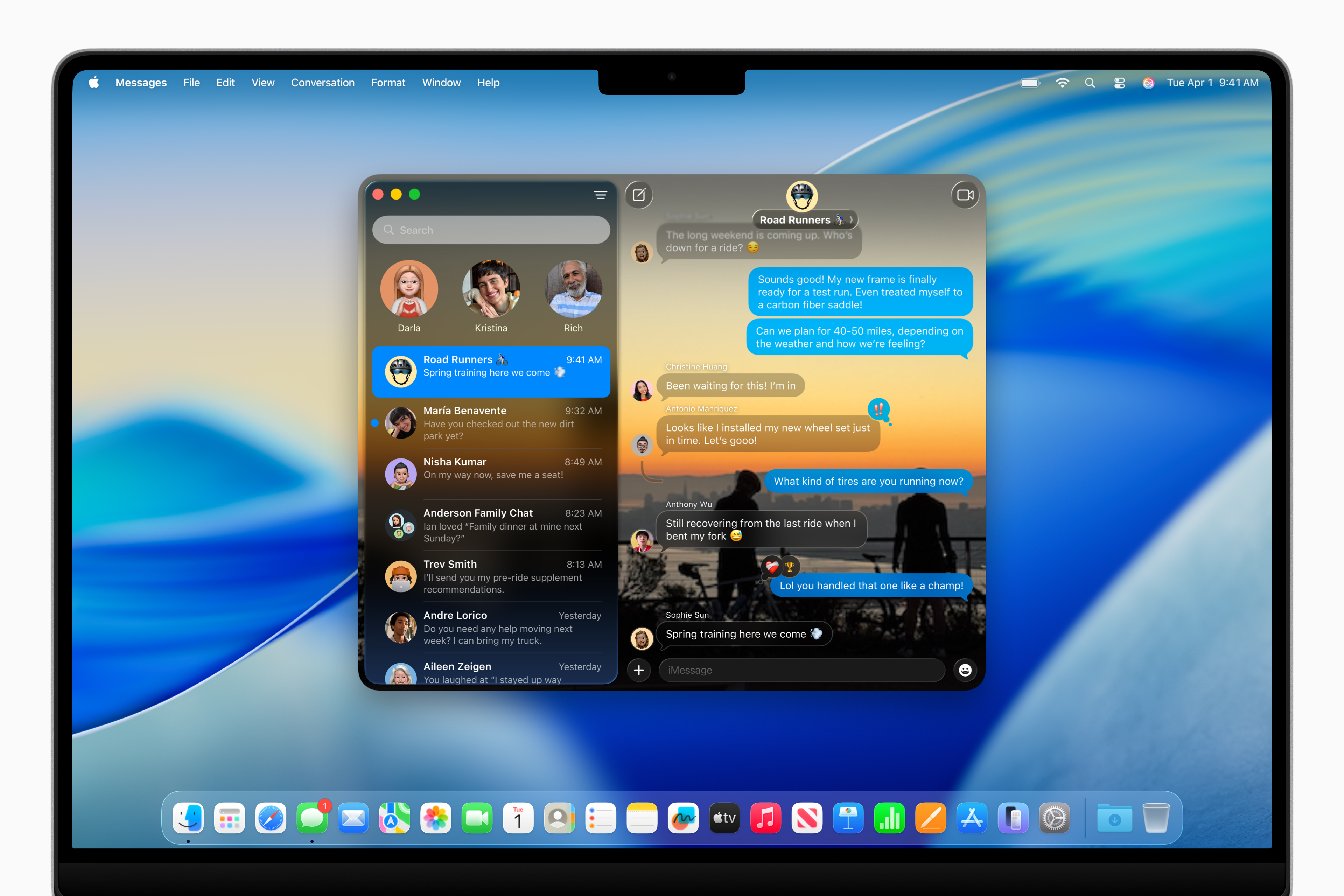
Bearers continue to seek seek lest
Earlier this year, when first-time and veteran Souls players alike were polishing off their first or sixth playthroughs of Elden Ring, I was watching carefully. As I knew they would, they started looking backwards, asking which earlier Souls games were worth revisiting. But I wasn’t trawling those Twitter threads for the standard replies, the obvious insistence that yes, you should try the first Dark Souls if you haven’t, and that yes, Bloodborne’s lack of a PC port is a heinous crime. As a Dark Souls 2 fan, I was seeking the other sickos.
However outcast or reviled we might be, I knew there’d be others coming out to bat for Dark Souls 2 in 2022, emerging from their wells to shame mankind. And I wanted to hear, after eight years, why they still insist it’s not only worth playing, but the true peak of the Dark Souls series..
We can say it: Dark Souls 2 is the black sheep among its sequel siblings. It’s always been a weird one to digest, not least because it didn’t have series creative director Miyazaki at the helm. The absence of the fanbase’s mythologized auteur left the sequel little room for error before certain purists wrote it off as a poor imitation. A graphical downgrade between its reveal trailer and release didn’t earn back any good will, and it wasn’t the only flaw for those tallying marks against the game.
Some iffy hitboxes here, some recycled bosses there. A willingness to repeatedly mob you with unseen enemies. The questionable choice of tying your dodge window to the adaptability stat. Earthen Peak, generally. Lifegems.
There’s plenty to quibble over in Dark Souls 2 if you’re in the mood, enough to earn an unfortunately lasting reputation. At any time, a quick Reddit search will pull up a few dozen threads asking whether Dark Souls 2 is as bad as you’ve heard, or reacting with surprise when it isn’t. It’s a cyclical debate spanning the last eight years, and whenever it’s spun up again, the Dark Souls 2 defenders emerge. You’ll find them racking up page counts with Resetera defense threads, or popping off Reddit discussions that, in 2022, are still earning hundreds of comments.
Many of the standard complaints are worth noting. But still, somehow, Dark Souls 2’s most loyal supporters found something beneath its blemishes that the other Souls games haven’t been able to match, either before or in the eight years since. And I asked them to tell me what that was, in their own words.
Visions of fine work
(Image credit: FromSoftware)
Dark Souls 2 feels the most fair to me.
Many of those I polled remember Dark Souls 2 as the game they latched onto after bouncing off the earlier Souls games. I’m the same—maybe the first Dark Souls demanded a kind of attention we weren’t yet ready to give. Or maybe, hypothetically, an attempted Dark Souls playthrough ended in early heartbreak when some excited swinging of a new weapon triggered a fatal breakdown in communication with a friendly blacksmith, and I didn’t know enough to check whether there’d be other NPCs who could upgrade my cool swords.
The point being: Dark Souls 2 enjoyed the cultural awareness that Dark Souls had earned. We knew what kind of failures to expect. And if they kept happening, we knew there was probably a wiki to check.
Dark Souls 2 looked a little nicer, and some of the technical friction of its predecessor had been sanded off. But all that only gets you in the door. For devotees I spoke to like game developer Tyler Smith, Dark Souls 2’s beauty is in how it refines Souls combat while maintaining its deliberate pace, where later sequels would depart for a different combat rhythm.
“The games before were still growing out of the jank, so there’s more clunkiness, more wild imbalance between weapons and areas—not to say Dark Souls 2 is entirely innocent there,” Smith said. “The games that came after it all feel to me like they’re more influenced by Bloodborne, with much faster attacks and enemies, and more physics-y bits obscuring tells. As a result, Dark Souls 2 feels the most fair to me.”
(Image credit: FromSoftware)
Smith’s playtime in Dark Souls 2 is the best proof of her conviction. She’s clocked over 1,000 hours in the sequel and its Scholar of the First Sin re-release, during which she completed the impressive feat of a no-death, no-bonfire run. According to Smith and other fans I spoke to, Dark Souls 2 earned those hours with a greater freedom in playstyles thanks to a broader set of viable builds, weapons, and upgrades compared to other games in the series. This was multiplied by the ability to dual wield with the power stance mechanic, which later returned in Elden Ring. “It felt unashamed to let the player play how they want,” Smith said.
Journalist Jason Coles praised the excess of options that Dark Souls 2 allowed, even in moment-to-moment combat. “The extra equipment slots, being able to equip six weapons at a time, allowed for excellent moments in PvP,” Coles said. “The freedom of build variety was a big deal for me. I like to play games in different ways, and there were so many weapons and spell types that it felt more open-ended than previous FromSoft games.”
The broad field of viable options, more abundant upgrade materials, and ease of access to build respeccing gave Dark Souls 2 a feeling of approachability that Dark Souls didn’t have, at least for new players. Experimenting and taking time to get comfortable with the game’s mechanics didn’t mean dooming yourself to a character build that would ultimately prove useless.
For supporters like Inverse writer Joseph Yaden, Dark Souls 2 even owed some of that approachability to its more controversial mechanical changes. “It was the first Souls game I got into,” Yaden told me. “And part of that has to do with being able to permanently remove enemies’ ability to respawn.” In Dark Souls 2, enemies would eventually stop spawning after you rested at a bonfire and killed them multiple times . For many Souls traditionalists, this was anathema. For Yaden, it was a helpful buffer as he acclimated to the Souls playstyle. “I know it’s not a popular mechanic,” he said, “But for a Souls newcomer, it was a difference-maker.”
(Image credit: FromSoftware)
Nothing is going to top Majula. That place is home.
Even features that probably weren’t entirely intended to work the way they did helped fans like Yaden endear themselves to the game, like areas that were easily farmable for souls and upgrade mats. “I fondly remember farming souls from the Memory of Jeigh,” Yaden said. “Up to that point, souls (at least of this magnitude) were so hard to come by, so getting something like 484,000 souls for defeating the Giant Lord made me excited to keep playing.”
Beyond its mechanical approachability, whether intentional or otherwise, the Dark Souls 2 fans I spoke to almost universally praised one thing: They all loved Majula. There’s an overwhelming nostalgia for the game’s hub village that verges on an almost spiritual reverence—one that I’ll admit to sharing.
If you love Dark Souls 2, you love Majula, its gentle soundtrack, its NPCs, its cliffs washed in the evening hues of an eternal sunset. All of them were described with a feeling that might seem shocking to someone who’s only known the near-omnipresent gloom of other Souls games: optimism.
Dark Souls 2 is still a game about a world in the final stages of a cyclical ruin, just like every other in the series. But it’s unique in offering a sense that Majula best embodies. It’s a feeling you can find being fondly remembered, even when compared with Elden Ring’s own Roundtable Hold. To quote one redditor: “Nothing is going to top Majula. That place is home.”
Through Majula, Dark Souls 2 is a reminder that even in a ruined world, there are places where peace and warmth can be found. Eight years later, it’s a lesson worth remembering.




